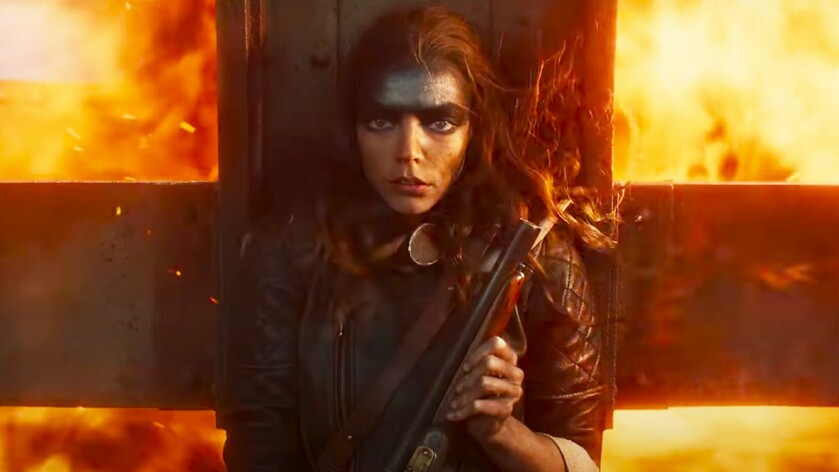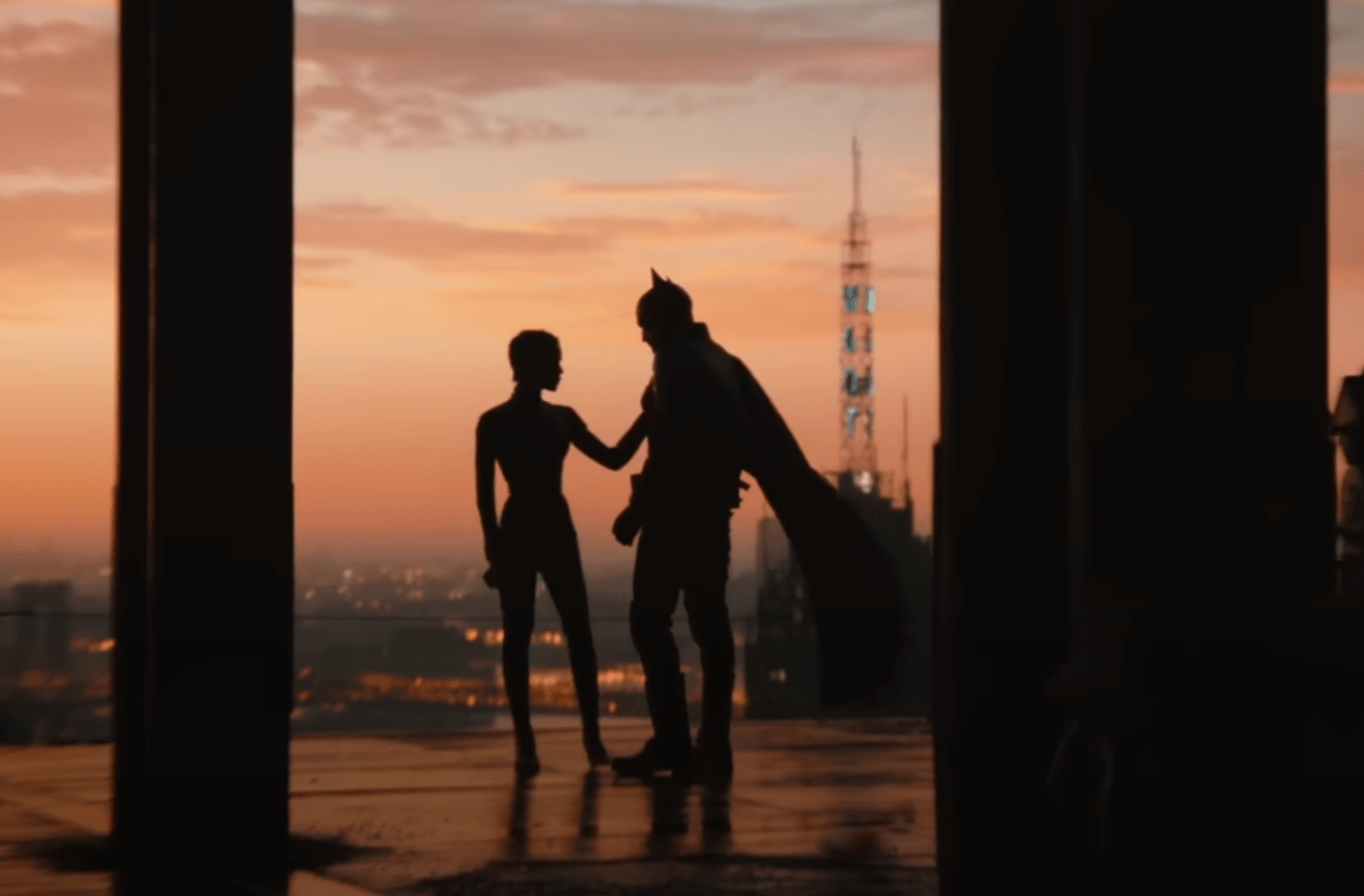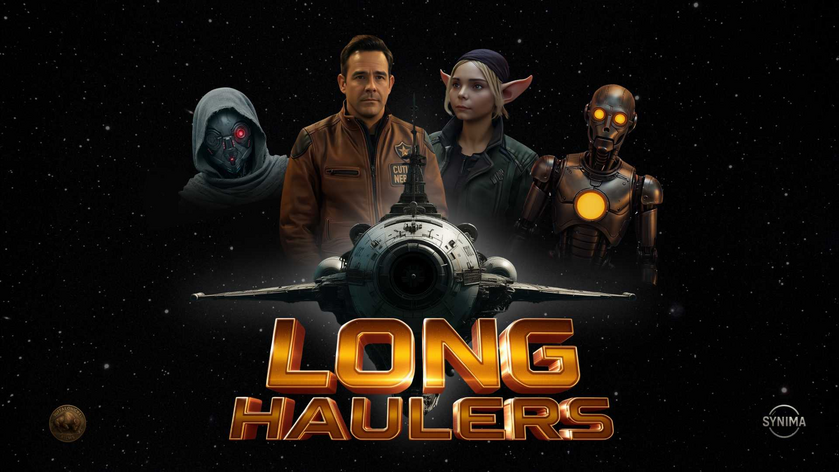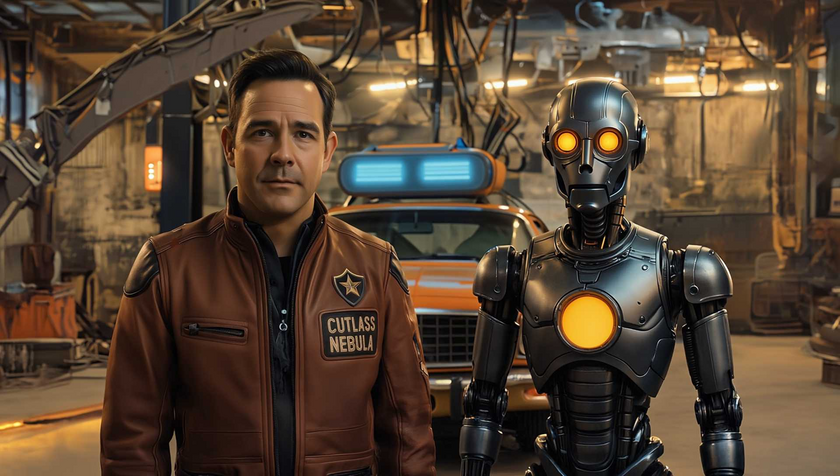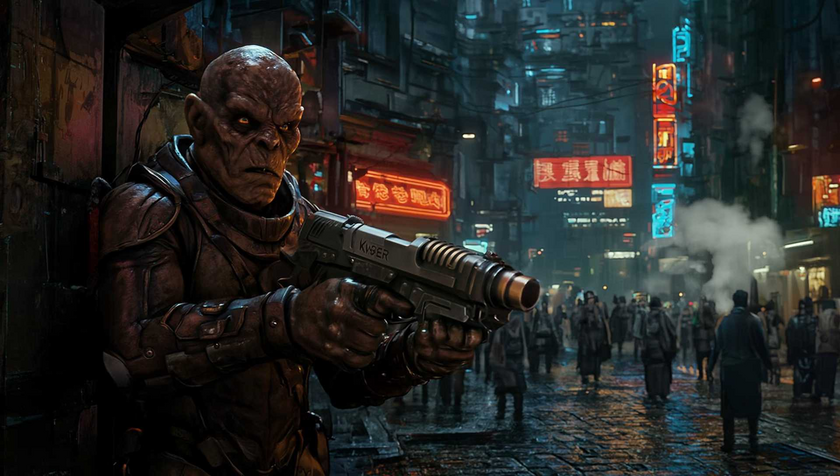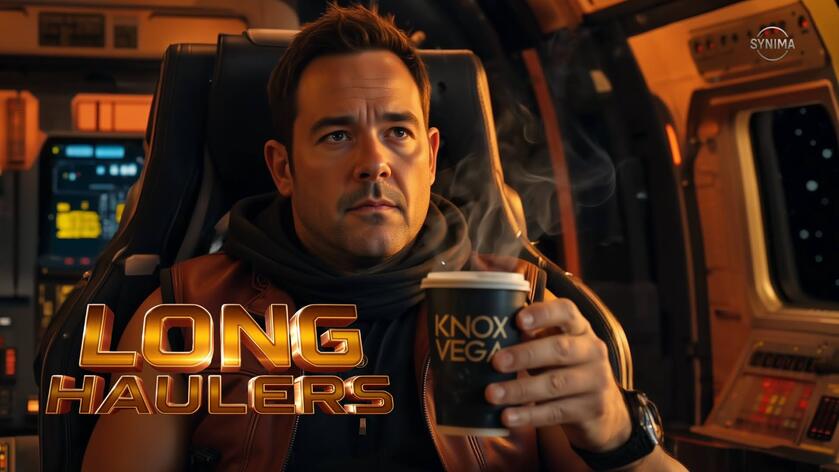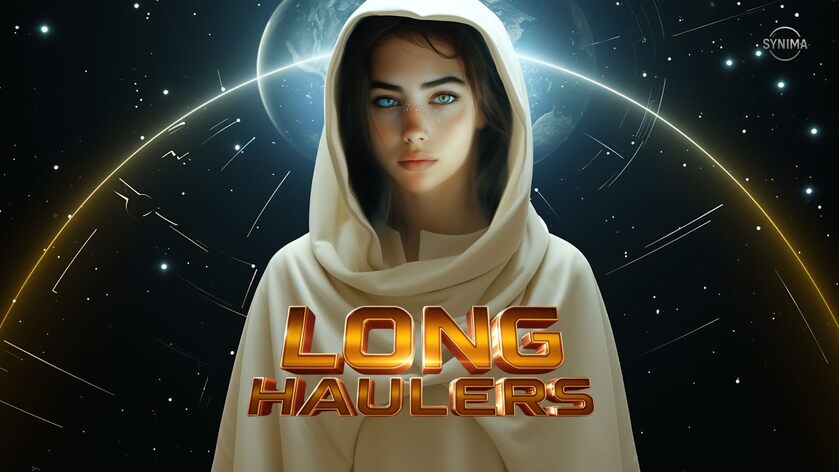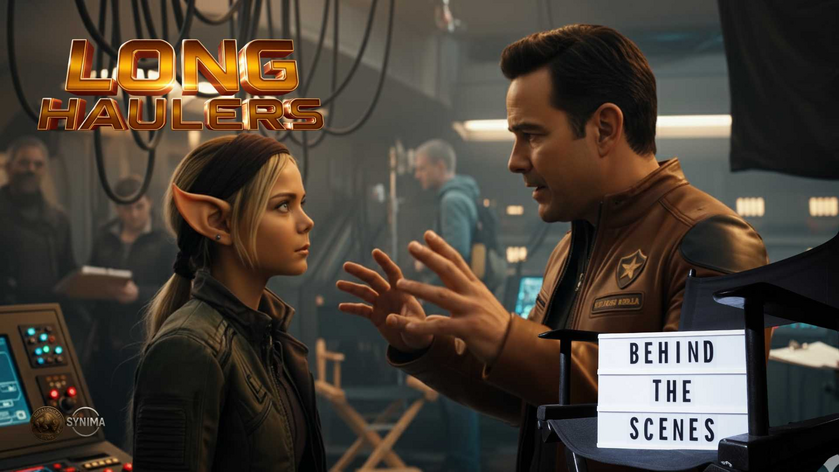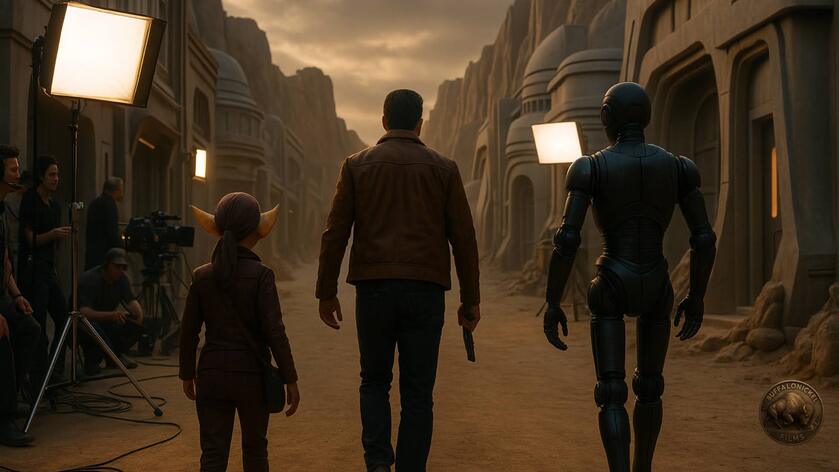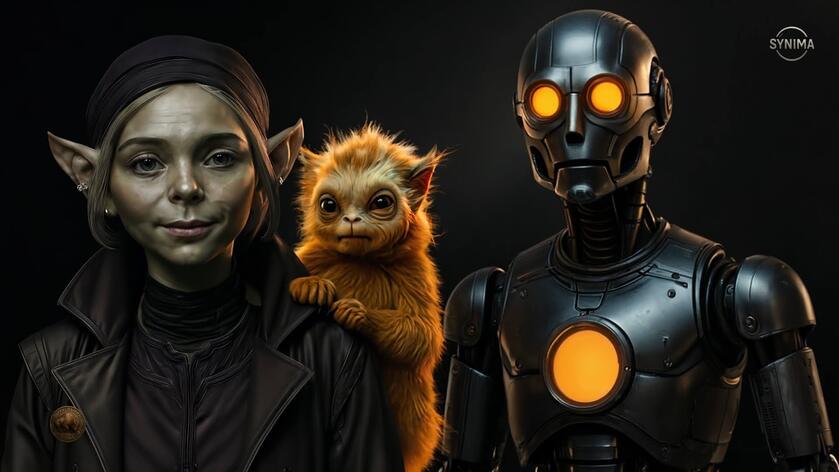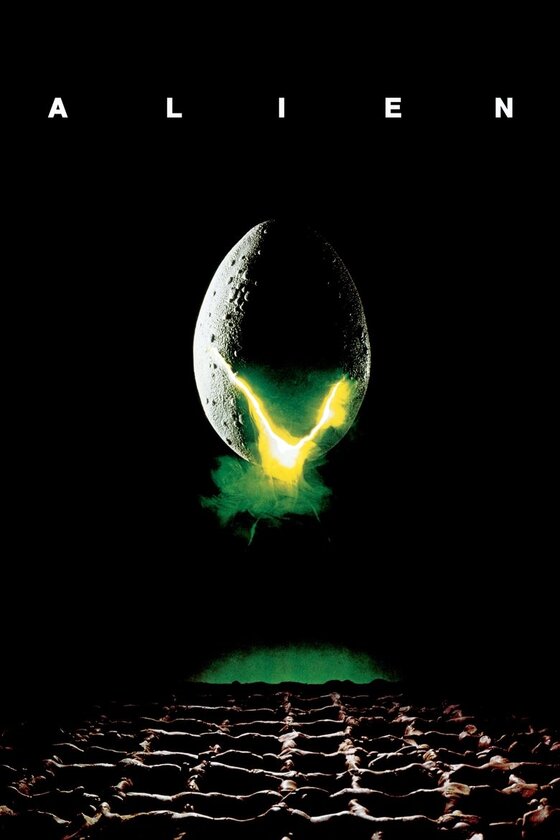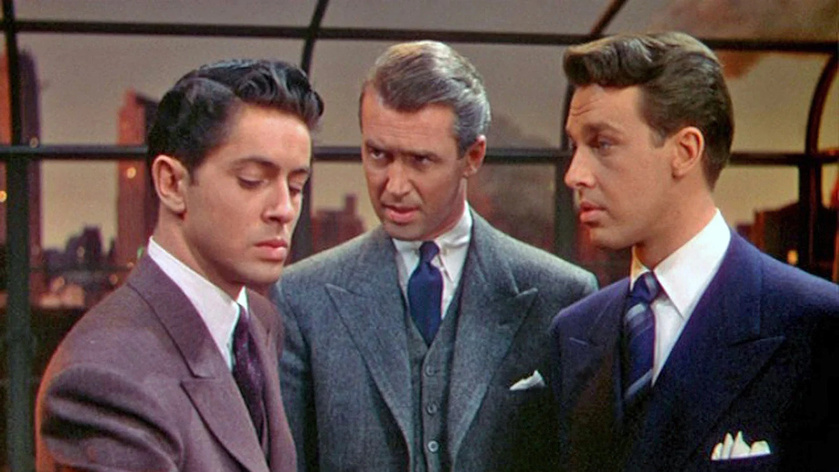People on the internet are mad.
By mad, I mean both angry and delusional.
Saturday I had the rare opportunity to go to the movies and I picked Furiosa: A Mad Max Saga on the biggest screen with the best sound system in town. It was the same theater where I saw Fury Road, which was one of the most exhilarating theater experiences of my life. It was opening weekend for Furiosa, on a holiday weekend, in quality cinema. And the place was practically empty.
Maybe everyone was seeing Garfield instead.
Except they weren’t, because it was the worst holiday box office in four decades. And for some reason this has people on the internet up in arms. There’s the sense that Furiosa deserves better. Well, maybe? The marketing promises shoddy CGI and a girl-boss story about a character who didn’t take nine years ago. Worse, no Mad Max. You know, the character we wanted last time who was nearly a non-entity in his own movie.
On its own, Furiosa is just okay.
Sure our main character (Anya Taylor-Joy) isn’t Max, but she’s not Mary Sue either. Furiosa doesn’t know how to do everything she needs to do right from the start. She has setbacks and needs her mentor (who happens to be a white male) to teach and assist her. When it comes to fights, she has to use cunning more than brute strength against her gigantic male opponents. And she never resorts to feminine wiles.
Still, she could be more feminine. But I digress.
The main antagonist (Chris Hemsworth) steals the show, as villains often do, and he’s a complex enough character to inspire some conversation. We get hints of a backstory, and his motivation and idiosyncrasies leave room for our imagination to fill in some blanks. Everyone is over-the-top, in that Mad Max way, and he most of all. It’s not a bad performance.
Maybe it’s because I saw it on a glorious screen, but the CGI didn’t look that bad.
At home it may play differently. And my sound system will never come close.
But Furiosa will not get good word of mouth, no matter what the delusional shills screaming online say. For one thing, it’s a very different movie from Fury Road, more thoughtful and character driven (if only because Fury Road doesn’t require much thought or even characters, since it’s just an amusement park ride). People who saw the movie are justifiably disappointed. Maybe if it had come out first and not had to live up to the spectacle of the previous film average moviegoers would be reacting differently.
But it’s still too long.
Going to the movies is too expensive. Everything is too expensive. And we don’t like gambling with either our money or our entertainment time. Watching the movie at home for a lower cost, where we can turn it off twenty minutes in if we’re bored or offended, is more appealing. Maybe we’re willing to risk the money, maybe we’re willing to risk the time, few people are willing to risk both. I’m glad I got to see Furiosa the way I did (full disclosure: someone bought my ticket as a birthday present) and don’t feel that my time was wasted, but I’m willing to bet most people won’t feel the same.
Fury Road is fine. Furiosa is fine. But let’s not pretend that either movie is a transcendent experience.
Furiosa was always going to bomb.
If Warner Brothers really wants a Mad Max movie to do gangbusters at the boxoffice, they have to make it a sure thing. Getting Mel Gibson back as Max would be a good start. Letting him also write and direct would really get me excited. Can you imagine Gibson going all Braveheart in that world? It’d be fantastic.
And it will never happen.
